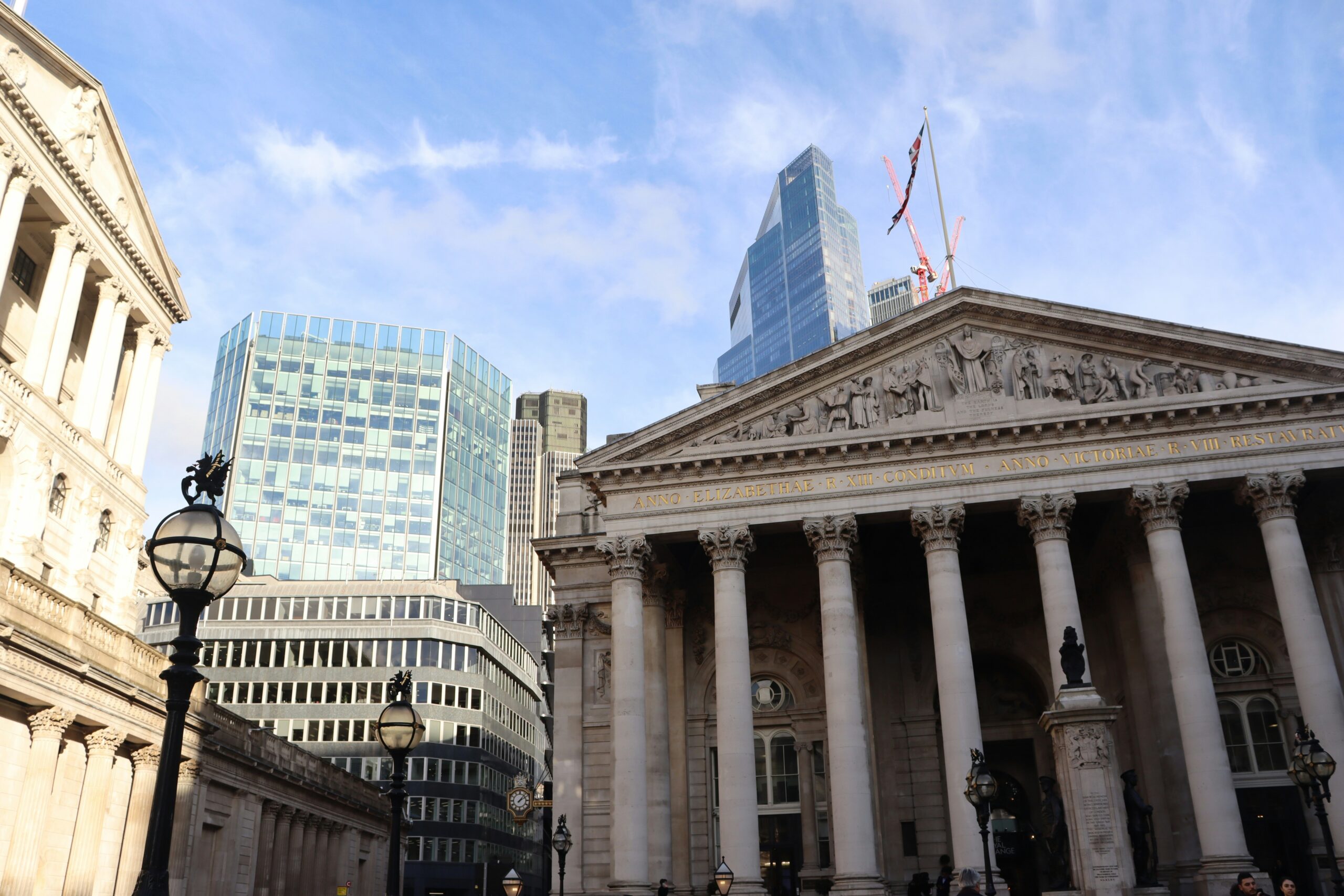Editor's note: Our offices are closed Thursday, November 27 and Friday, November 28 for Thanksgiving. Please look for the next edition of Altimetry Daily Authority on Monday, December 1.
On behalf of everyone at Altimetry, we wish you and your family a safe and happy holiday.
 Big Dan Ingram was midway through his rush-hour set when everything went dark...
Big Dan Ingram was midway through his rush-hour set when everything went dark...
It was a crisp November evening in 1965. The veteran disc jockey was at New York City's WABC radio, queuing up hits to keep the city moving.
He'd just started spinning Jonathan King's "Everyone's Gone to the Moon" when something odd caught his ear.
The record sounded off. The music seemed slower than normal. It gave the sound a strange, unsettling tone, like a tape reel losing tension.
Ingram blamed the crew for running the turntable at the wrong speed. They insisted nothing was wrong. But the next song sounded off, too. Even Ingram's own voice was warped and distorted.
Then the lights in the studio flickered. As the studio dimmed, Ingram paused and remarked on air that it seemed like the electricity was "slowing down."
Moments later, the station went dark. And with it went all of New York City.
 Ingram and millions of others were part of what was then the largest power failure in American history...
Ingram and millions of others were part of what was then the largest power failure in American history...
More than 30 million people were suddenly without power. Within 10 minutes of the failure, the lights went out across 80,000 square miles of the northeastern U.S. and Canada.
To make matters worse, the problem was nowhere near New York City. The outage happened hundreds of miles away... in Ontario.
It began as a routine trip of a protective relay in a Canadian hydroelectric station. But it set off a domino effect. A single power line dropped offline. That caused the electrical load to reroute through the remaining lines, overloading them in seconds.
Safety systems activated as they were designed to... disconnecting overloaded lines and isolating generators to prevent permanent damage.
 But the very protections meant to preserve the grid also revealed its greatest weakness...
But the very protections meant to preserve the grid also revealed its greatest weakness...
There were too many failure points. When one part fell, the rest couldn't absorb the shock.
Back in New York, the outage brought the subway to a halt. Air traffic controllers lost contact with planes en route to John F. Kennedy International Airport. The blackout took up to 13 hours to fully resolve.
In the aftermath, officials scrambled to understand how such a sprawling failure could have started with something so small. Their answer was simple, if not exactly comforting.
The system was too complex.
The grid had grown unwieldy. And the more it expanded, the more brittle it became.
 That lesson is just as relevant today as it was 60 years ago... if not more so...
That lesson is just as relevant today as it was 60 years ago... if not more so...
It's no secret that AI is putting pressure on our power grid. And it's true that the Trump administration is pushing traditional energy solutions like natural gas.
But considering the scale of today's energy demand, AI hyperscalers can't afford to be picky. We need an "all of the above" mindset to meet our energy goals.
The biggest names in tech understand this well. Facebook owner Meta Platforms (META), for example, recently signed a deal with utility company Entergy (ETR) that includes both natural gas power... and 1.5 gigawatts of solar.
AI leaders need every watt they can get. They're turning to options like renewables for plenty of that power.
The market should take note. The future of energy isn't limited to any one commodity. And neither is the future of energy investing.
Regards,
Joel Litman
November 26, 2025



 Big Dan Ingram was midway through his rush-hour set when everything went dark...
Big Dan Ingram was midway through his rush-hour set when everything went dark...

